Interview by Jana Hoops. Special to the Clarion-Ledger Sunday print edition (February 25)
Nationally known reporter/blogger Radley Balko and the University of Mississippi School of Law’s Tucker Carrington, who is the founding director of the George C. Cochran Innocence Project, have devoted their careers to investigating and helping to overturn wrongful convictions for inmates who have been unjustly imprisoned in this country.
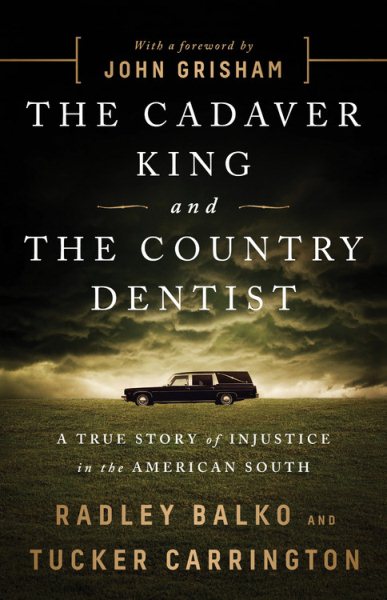 Their new book, The Cadaver King and the Country Dentist: A True Story of Injustice in the American South, exposes their findings of how “institutional racism and junk forensic science” and the actions of Dr. Steven Hayne of Brandon and dentist Michael West of Hattiesburg teamed up to bring many false convictions against Mississippi defendants for nearly two decades. They highlight the cases of Kennedy Brewer and Levon Brooks, who spent a combined 30 years in jail for murders they didn’t commit, before being exonerated in 2008.
Their new book, The Cadaver King and the Country Dentist: A True Story of Injustice in the American South, exposes their findings of how “institutional racism and junk forensic science” and the actions of Dr. Steven Hayne of Brandon and dentist Michael West of Hattiesburg teamed up to bring many false convictions against Mississippi defendants for nearly two decades. They highlight the cases of Kennedy Brewer and Levon Brooks, who spent a combined 30 years in jail for murders they didn’t commit, before being exonerated in 2008.
The book makes the case that Mississippi’s criminal justice system deserves serious scrutiny and investigation itself if it is to fairly and accurately dispense justice and spare innocent lives.
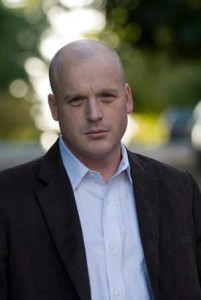
Radley Balko
Balko, a longtime opinion journalist (now for the Washington Post) and an investigative reporter, writes and edits The Watch, an opinion blog that covers civil liberties and the criminal justice system. He is also the author of the widely acclaimed Rise of the Warrior Cop: The Militarization of America’s Police Forces.
Carrington is the founding director of the George C. Cochran Innocence Project and Clinic at the University of Mississippi School of Law. Its mission is to identify, investigate, and litigate actual claims of innocence by Mississippi prisoners, as well as advocate for systemic criminal justice reform.
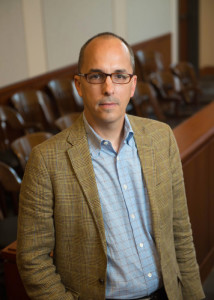
Tucker Carrington
Prior to coming to Ole Miss, Carrington was an E. Barrett Prettyman fellow at Georgetown Law Center, a trial and supervising attorney at the Public Defender Service for the District of Columbia, and a visiting clinical professor at Georgetown.
He writes frequently about criminal justice issues, including wrongful convictions and legal ethics. His work has appeared in The Pennsylvania Journal of Law and Social Change, The Ohio State Journal of Criminal Law, and the Mississippi Journal of Law.
How and why did you two come to collaborate on writing this book?
Balko: One of us called the other–we can’t remember which way that went–shortly after I had an op-ed on Haybe published in the Wall Street Journal. Tucker had just started work at the Mississippi Innocence Project in Oxford and was a little overwhelmed at what he had already seen. Over the years, we discussed these cases often as he litigated some of them and I wrote about some of them. As two of only a handful of people at the time who knew the full extent of what was going on, I think we commiserated a bit. Eventually we realized that a book was really the only way to tell this story with the thoroughness and attention to detail it deserved. By that time, we had both immersed in this stuff for nearly 10 years, so it just sort of made sense to write it together.
Carrington: We met shortly after I moved to Mississippi in 2007. It just so happened that Radley was working on the Corey Maye story (involving the 2001 shooting of Maye, a Prentiss police officer) and called me at my new office at the law school. I think he just wanted to reach out and make contact. From there our paths crossed in one way or another–in the main because he got interested in forensic science issue in the courts–and my practice began to feature exactly those types of cases. We each had ideas about recounting this decades-long episode–and we each slugged away at it separately: Radley in multiple pieces over the years, me through some law review pieces and litigating cases. Ultimately, we decided to join forces for a book.
The Cadaver King and the Country Dentist recounts the stories of how Brooksville, Mississippi, residents Kennedy Brewer and Levon Brooks were falsely accused of murders and served a combined 30 years in prison until their release was navigated with the help of the Innocence Project. Their convictions had come largely due to policies that allowed Dr. Steven Hayne of Brandon and Dr. Michael West, a dentist from Hattiesburg, to become wealthy through a corrupt legal system. Please explain how their “partnership” developed and came to make such scenarios like this possible for so many years.
Carrington: Their partnership developed because the infrastructure and incentives were in place for it to develop. They–and others–just happened to be in the right place at the right time. Had they not, someone else would’ve filled the vacuum–maybe not in precisely the same way, but similarly, as has occurred in other jurisdictions.
Instead of a independent, salaried, fully funded medical examiner office, Mississippi mostly went without one for two decades. That was combined with an anachronistic coroner system, an effort on state and federal levels to crack down on a perceived increase in violent crime and an embrace of the death penalty, as well as a spate of new and novel forensic disciplines that gained acceptance without significant scientific inquiry and rigor.
Finally, reviewing courts found themselves constrained by cynical legislative “fixes” to the “endless” appellate process, especially for those sentenced to death. The ultimate result was a recipe and perfect storm for what came to pass in Mississippi that we recount in the book.
What are the national implications for this book? While it makes the case that “poverty and structural racism” accounted for much of Mississippi’s abuse of a system that relied on autopsies and local coroners’ reports to get away with racial injustice, Mississippi has not stood alone in such discrimination.
Balko: The problems of dubious forensics, structural racism, and the coroner system of death investigation are definitely not unique to Mississippi. And even Hayne and West occasionally testified in other states, particularly Louisiana.
I think the main difference is one of scale. For example, we note in the book that in the 1990s, Texas medical examiner Ralph Erdmann was doing an annual number of autopsies in rural counties across the state that legal experts at the time called astonishing. It became a national scandal, and Erdmann became a poster case for forensics gone amok. Erdmann was doing about 400 autopsies per year. For most of his career, Hayne did at least 1,200. Some years he topped 1,500. He admitted that at least one year, he did more than 2,000. He had a hand in 70 to 80 percent of the homicide cases in the state for nearly 20 years.
The other big differences is that in most other states, once the malfeasance was discovered, there was some effort to assess the damage done and review the cases that may have been affected. Some of those efforts were more thorough than others. But in Mississippi, state officials have refused to conduct any such review of Hayne and West cases.
Tell me about the important role that the “junk science” of bad forensics has played in the outcomes of so many jury decisions in America. It seems that this problem has, to some degree, been a constant in our country’s criminal justice process. Why is that?
Balko: It really comes down to the fundamental differences between law and science. We want to use science in the courtroom, because at times it can help us discover the truth. But science is an ongoing process. Theories can and are tweaked, revised, or even shown to be wrong. The law–and by extension our courts system–values certainty and precedent. We still haven’t quite figured out how to reconcile these differences. So, for example, we’ve delegated the important job of keeping bad or fake science out of the courtroom to judges. But judges of course are trained in legal reasoning, not in scientific analysis. So, they haven’t been very good at it.
This tension between law and science for a long time alienated much of the scientific community from the criminal justice system, creating space for fields like bite mark matching, hair fiber analysis, tool mark analysis, and others to assist police and prosecutors in solving crimes and winning convictions. These fields have the veneer of science, but were never subjected to the rigorous testing and review of the scientific method.
It wasn’t until the rise of DNA testing–which was developed in scientific labs–that we began to see that these fields weren’t nearly as accurate and foolproof as their practitioners claimed. Over the last decade or so, the scientific community has shown more interest in criminal justice and has begun subjecting some of these fields to real scientific testing. They’re finding that many of these disciplines have little to no grounding in science at all. But because our courts tend to put a premium on finality and precedent, it has been really difficult to get them to apply the lessons we’ve learned from DNA testing–that these fields aren’t scientifically reliable–to a much larger pool of cases where DNA isn’t a factor.
In his foreword to your book, author John Grisham, who serves on the board of directors of the Innocence Project in New York, laments that actual wrong conviction estimates range from 2 percen to 10 percent of the millions of cases tried each year–amounting to staggering numbers that can never be accurately determined. He said getting these people out of prison is “virtually impossible.” What do you say?
Carrington: He’s correct. In the vast majority of these types of cases, evidence that could lead to an exoneration never existed–because, for example, DNA was not collected and/or present to begin with–the cases are old, witnesses have disappeared, forgotten their accounts, died, and so on. Also, most cases in the criminal justice system plea. And as a result, there can be very little in the way of a record, including an investigative record that would lead to new evidence of innocence.
What do you hope this book will accomplish?
Balko: Mississippi needs to conduct a thorough review of every case in which Hayne or West testified. They need to look not only for cases in which one of them gave scientifically dubious testimony, but any case in which their testimony may have nudged a jury one way or the other. Because forensic pathology can be subjective, even testimony that was within the realm of acceptable science could contribute to a wrongful conviction. Preferably, the review should be conducted by an outside entity, and should include input from forensic pathologists and scientists, not just judges and lawyers.
I’d also hope the book can serve as a warning to be skeptical of claims from forensic disciplines untested by science, particularly emerging disciplines. The courts have been far too quick to embrace new fields of “expertise,” and far too slow to correct the damage done when science later shows those fields to be fraudulent.
Carrington: I’d simply add that we also hope the books ets out what can happen when the wrong incentives are offered up in the criminal justice system. We can learn from this going forward. Or we can continue to ignore and risk finding ourselves in this predicament again at some point in the future.
Radley Balko and Tucker Carrington will be at Lemuria on Thursday, March 1, at 5:00 to sign and read from The Cadaver King and the Country Dentist. This book is a 2018 selection for our First Editions Club for Nonfiction.
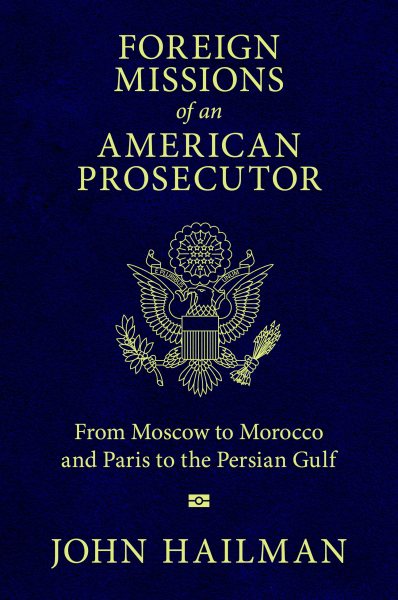 Hailman’s fifth book gives us a world filled with adventures, romances, and intrigue he experienced during a lifetime of international travels, beginning as a university student living in France. Traveling the world later as a representative for the U.S. Justice Department, Hailman encountered criminals and conspiracies, including a plot in Ossetia, Georgia, to hijack his helicopter and kidnap him. He brings these adventures to life in this engaging and exciting book.
Hailman’s fifth book gives us a world filled with adventures, romances, and intrigue he experienced during a lifetime of international travels, beginning as a university student living in France. Traveling the world later as a representative for the U.S. Justice Department, Hailman encountered criminals and conspiracies, including a plot in Ossetia, Georgia, to hijack his helicopter and kidnap him. He brings these adventures to life in this engaging and exciting book.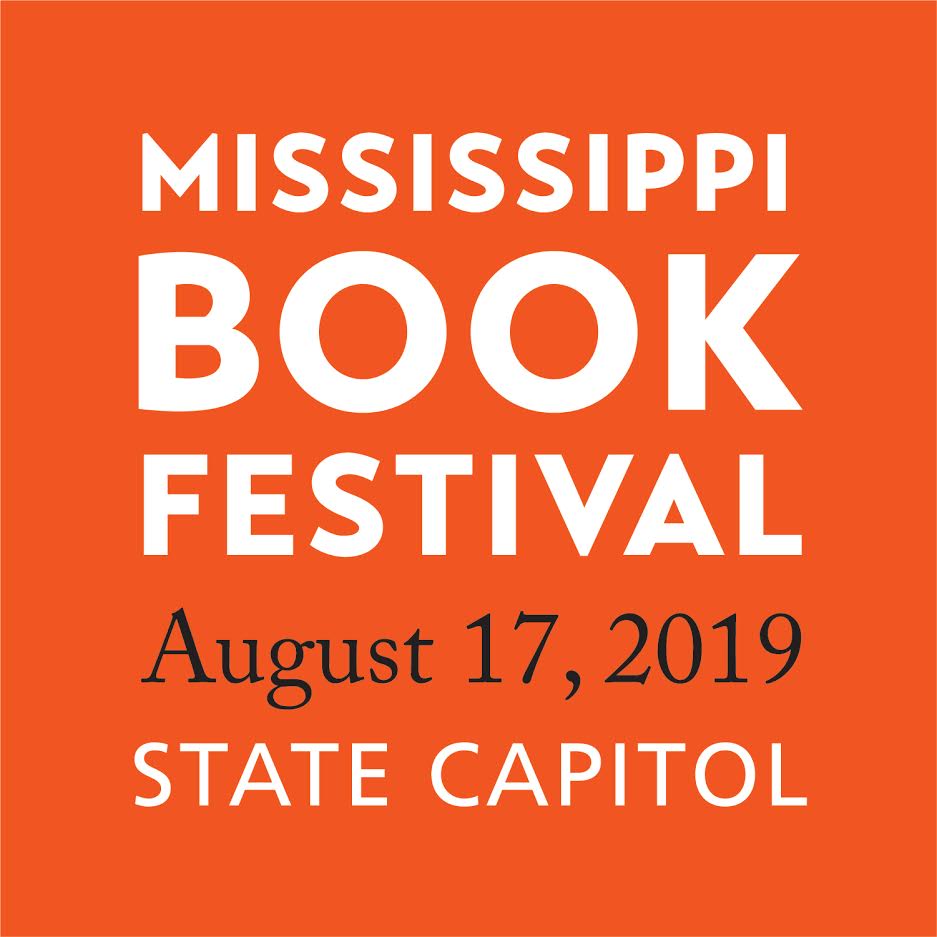


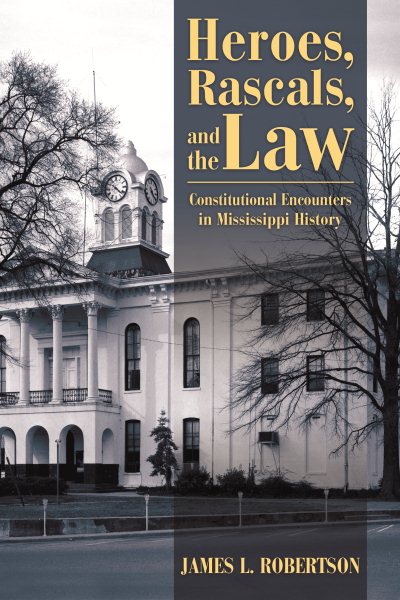 Robertson is a former Mississippi Supreme Court justice, a long-time practicing attorney, and a frequent law professor. He recounts ten occasions from statehood to the late 1940s when the Mississippi constitution impeded or impelled justice. Fortunately for our enjoyment, John Grisham’s comment on the book’s cover that Robertson is a gifted storyteller is spot on.
Robertson is a former Mississippi Supreme Court justice, a long-time practicing attorney, and a frequent law professor. He recounts ten occasions from statehood to the late 1940s when the Mississippi constitution impeded or impelled justice. Fortunately for our enjoyment, John Grisham’s comment on the book’s cover that Robertson is a gifted storyteller is spot on. Their new book,
Their new book, 
